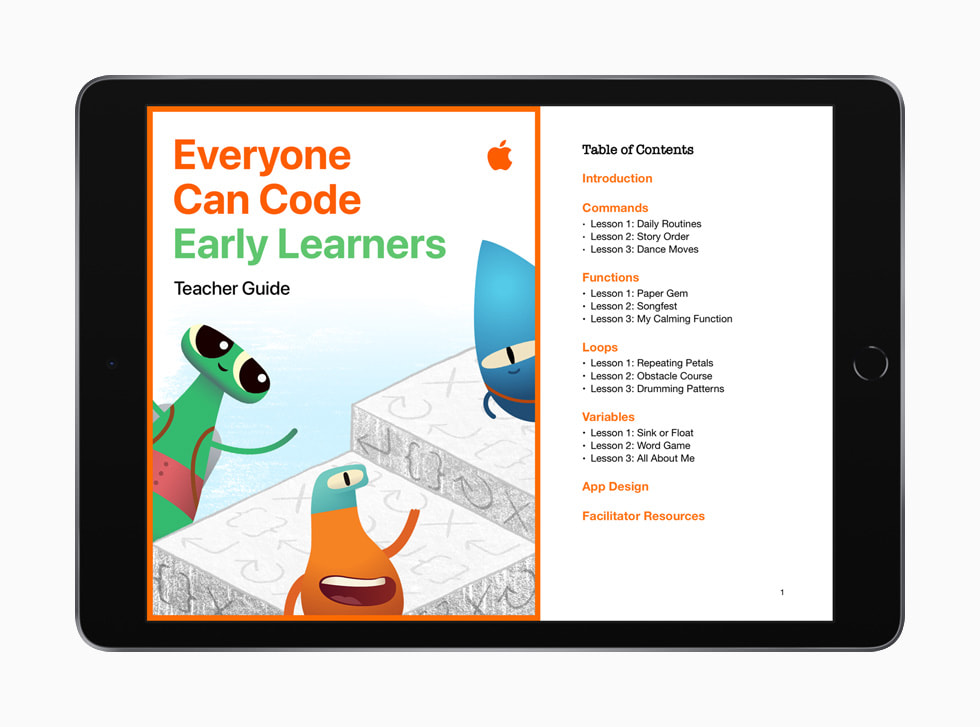
Special education is a form of education which takes account of the different needs and differences of each individual student. This includes individual teaching methods, adapted materials, and equipment. It also involves the creation and maintenance of an accessible environment. It is a type of education in which the teacher makes every effort possible to make every child feel at ease. There are many kinds of special education. This article will discuss some of the more common special education options.
Less restrictive environments
The Least Restrictive Environment for Special Education, is a fundamental principle of public education. It stipulates that students with disabilities should be educated in a classroom with their peers. But what does this actually mean? What environment is the most restrictive for special education? It may look different for each child.
Individuals with Disabilities Education Act(IDEA) defines what the Least Restrictive Environment for Special Education (LEE). LRE must also be considered when developing an Individualized Education Program. This is a crucial component of the IEP process. To ensure the student receives the right services, the IEP team must carefully review the LRE.
Individualized education plan (IEP)
An Individualized Education Plan, or IEP, describes how a student learns and what services and teachers will use to support him. The key elements to consider when creating an IEP are assessing the student's abilities in all areas of any known disabilities, considering how the student will learn from the disability, setting goals and objectives that reflect the student and determining what the student needs.

An IEP should also include the child's current performance in school. These information are obtained from individual tests and classroom assessments. These tests are usually given during reevaluations. It is also possible to gather information about the child's performance from parents and other sources. You should also include information in your IEP about how disability affects your child's participation with general curriculum.
Structured education
Special needs students receive intensive support and guidance in an educational environment. Structure is provided throughout the day, and students focus on academic tasks and communication. Students also receive support in managing their behavior. Structured education is about helping students reach their grade level by giving them routines and structure.
Students with special needs can have many needs. These may include learning disabilities, speech and language impairments, or learning disabilities. Students with special needs may also be affected by emotional, behavioral and physical disabilities like muscular dystrophies. Depending on the disability, students may require more or lesser teachers, specialized equipment, or special physical adaptations.
Discrimination
Discrimination within special education is complex. The IDEA is a useful tool that can help ensure equitable educational opportunities to all students. However it also relies upon widespread assumptions about race and disability. In particular, the IDEA puts much faith in people who evaluate students, and it rests on the belief that discrimination will be evident in these evaluations.
Racial and ethnic differences in how children see themselves can affect their disability identity. Jesse and Michael are examples of how structural and unconscious racism affected their perceptions. The disability label for a child can be used to exclude or grant more resources to them. This can lead other dangerous school practices.

Response to intervention model
The Response to Intervention (RTI), a teaching model that emphasizes individual needs, is the Response to Intervention (RTI). The model requires that students who are not responding to instruction undergo a series of increasingly intense interventions. This model was originally used in special education but is widely used in public education.
Response to Intervention is an educational strategy that can be implemented across the district for students at high risk of academic failure. It utilizes research-based interventions to help students meet their goals and advance in general education. Students are monitored and evaluated throughout the process to assess their progress. The program typically lasts between ten and twelve weeks depending on the student's needs.
FAQ
What factors should I consider when choosing a major?
It is important to first decide if you would prefer to go straight into a job or go to college. You should then make a list outlining your talents and interests. You might be interested in reading, listening and watching music, or talking to people. Your talents could include singing, writing, painting, sewing, crafting, cooking, baking, cooking, woodworking and gardening. You can identify your talents and interests to help you choose a major.
Fine arts or art history might interest you if your dream is to be an artist. Biology could appeal to you if animals are your passion. You might consider pre-medicine or medical tech if you are interested in becoming a doctor. If you'd like a career that involves computers, you might check out computer science or computer networking. There are many options. Be clear about your goals.
How much does homeschooling cost?
Homeschooling does not require you to pay a set fee. Some families charge between $0-$20 per lesson. Other families offer free services.
However, homeschooling requires dedication and commitment. Parents should be able to dedicate enough time to their children.
They should also have easy access to books, supplies, as well as other learning tools. Homeschoolers are often required to attend community events and participate in programs that complement their curriculum.
Parents must consider the costs associated with transportation, tutors, and extracurricular activities.
Homeschoolers also need to plan for field trips, vacations and special occasions.
What are the different types of early childhood education?
There are many ways to explain early childhood education. These are the most popular:
-
Preschool - Children ages 2 to 5
-
PreKindergarten- Children from 4-6 years of age
-
Head Start/ Headstart - Children ages 0 to 3
-
Day Care/ Daycares- Children aged 0-5
-
Child Care Centres - Children from 0-18 Years
-
Family Childcare - Children between 0 and 12 Years Old
-
Homeschooling - Children from KG to 16
What amount of money can a teacher earn in early education? (earning potential)
The average salary for a teacher in early childhood is $45,000 per year.
However, there is an exception to the rule: salaries in some areas tend to be more than average. For example, teachers in large urban school districts typically receive more pay than those in rural schools.
Salaries also depend upon factors such as how big the district is and whether or no teacher holds a master's/doctoral degree.
Teachers are often paid less than other college graduates, simply because they have little experience. However, their salaries can rise dramatically over time.
How can I get scholarships?
Scholarships are grants to help with college expenses. There are many types of scholarships available. There are many types of scholarships available.
-
Federal Grants
-
State Grants
-
Student Loans
-
Work Study Programmes
-
Financial Aid
Federal grants are direct from the U.S. government. Most federal grants require applicants to meet certain requirements. Financial need is one example.
Each state offers state grants. Some states offer these funds based on financial need; others award money for specific reasons.
Banks and lending institutions offer student loans. Students borrow money to pay tuition and other living expenses.
Employers should be encouraged to use work-study programs to help them hire qualified students. Employers are required by law to pay minimum wage.
Financial aid allows low-income families to afford college by paying for all or part of their tuition costs.
Are you able to teach early childhood education without going to college?
Yes, but you may consider attending college to help prepare for a career.
It is crucial to realize that teaching is not an easy job. Every year, there are many applicants who aren’t accepted to programs. Many students also quit college after only one semester.
On top of all this, you still have to meet strict qualifications to become a teacher.
Statistics
- In most developed countries, a high proportion of the population (up to 50%) now enters higher education at some time in their lives. (en.wikipedia.org)
- They are more likely to graduate high school (25%) and finish college (116%). (habitatbroward.org)
- Data from the Department of Education reveal that, among 2008 college graduates, 92.8 percent of humanities majors have voted at least once since finishing school. (bostonreview.net)
- Globally, in 2008, around 89% of children aged six to twelve were enrolled in primary education, and this proportion was rising. (en.wikipedia.org)
- Among STEM majors, that number is 83.5 percent. (bostonreview.net)
External Links
How To
How do you apply for scholarships?
Apply for scholarship funding first. Scholarships are granted to those who meet certain criteria.
You can, for example, be granted a grant if the applicant is economically disabled. If you are studying a vocational training program, you can qualify for a grant to help pay your bills. You may also be eligible for a grant if you belong to a minority group.
Once you've determined your eligibility for a specific type of scholarship, it is time to start applying.
You can apply online or in person. The type of scholarship you are applying for will affect the process.
Some scholarships require essays that describe you and explain why you desire the money. Some ask you questions such as "Why did this major interest you?"
You must fill out an application for scholarships and attach supporting materials.
Your scholarship provider will evaluate the information you supply. If you are selected for a scholarship, you will be notified electronically or by mail.
You might be eligible for another scholarship even though you are not chosen. Contact your scholarship provider for details.